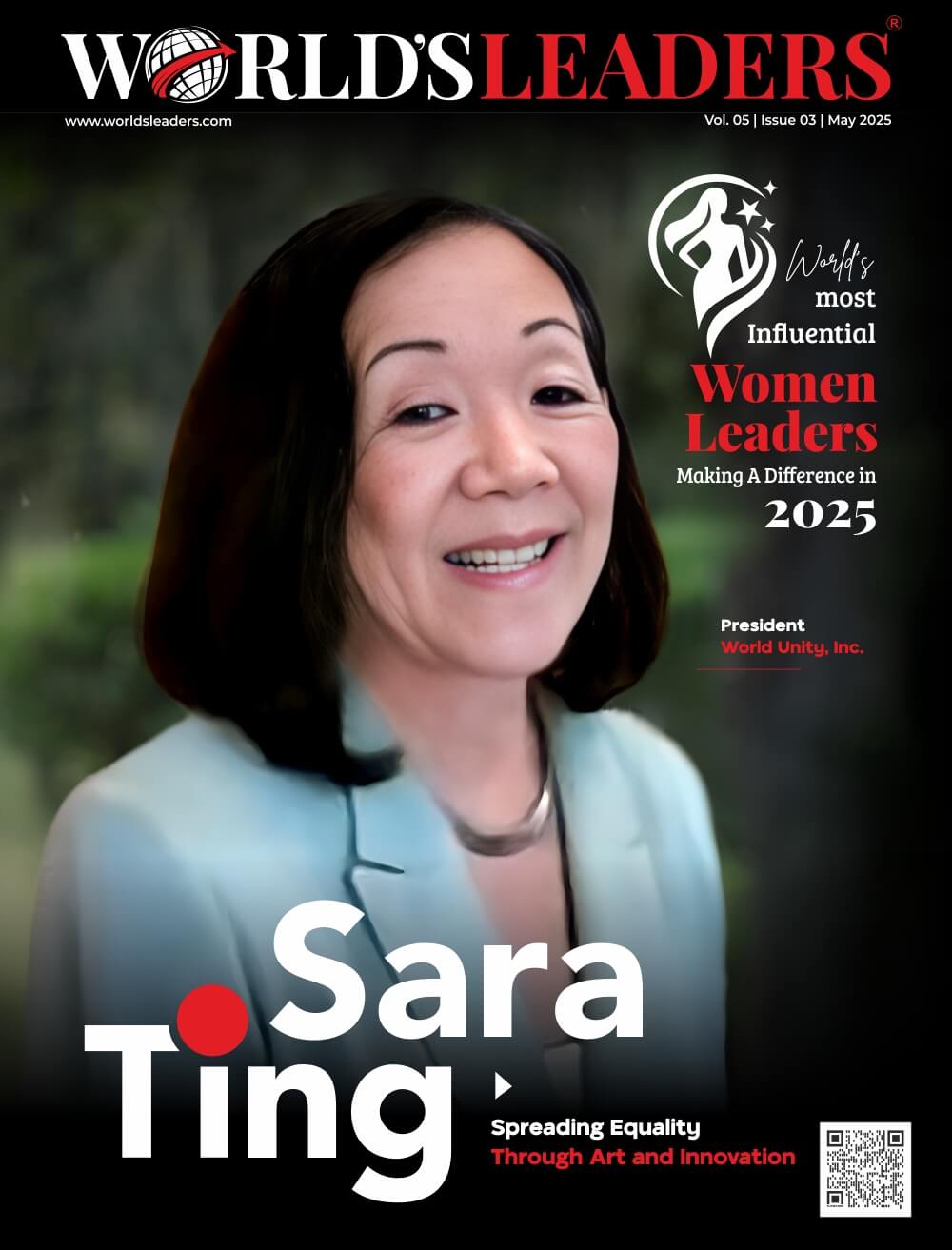Girls’ education has elevated in importance among many nations and high-level political forums advocating gender equality after First Lady Clinton’s address. The money seems to have followed, especially in the last ten years as corporate involvement in girls’ education grew and as specialized funds, like the Girls’ Education Challenge of the UK Department for International Development, were set aside. The education sector was the largest beneficiary of overseas development assistance (ODA) geared at gender equality in 2010, receiving 20% of all such aid. The contribution of the education sector has decreased by 50% in 2018, despite the fact that the entire ODA budget for gender equality than quadrupled (from US$25.3 billion in 2010 to US$48.7 billion).
Although the number of illiterate women in low-income countries increased by 20 million between 2000 and 2016 (despite the fact that this trend was primarily brought on by decades of exclusion from education as girls grew into adulthood), this trend occurred even as women in the United States were surpassing men in the early 2000s in terms of earning doctoral degrees. In the same time frame, access to school for successive cohorts of girls started to rise as the Millennium Development Goals era brought political focus to closing the gender achievement gap in education. In fact, there has been a significant reduction in gender differences in schooling in little under 20 years. Girls who were in primary school between 2000 and 2018 dropped out by 44%, and by 2019, almost two-thirds of countries attained gender parity in basic education. Over the past ten years, however, development has stagnated. Gender disparities in secondary education still exist in sub-Saharan Africa, which is the area that is farthest from parity in elementary education due to conflict in Northern Africa and Western Asia.
Gender-biased education expenditures that may disproportionately benefit boys; gender-insensitive school facilities that may discourage girls and female instructors from attending school, especially during their menstrual cycles; gender-biased curriculum and teaching that may teach girls their femeninity are some of the obstacles preventing development in low-income nations.
The Brookings Institution’s analysis predicts that it will take a long time to overcome the education gap between affluent and poor girls; it predicts that by 2111 all females in sub-Saharan Africa will have access to secondary school. These inequalities could be harder to bridge when it comes to certain nations.
According to estimates, 130 million females worldwide were not attending school before the epidemic. There might be an extra 20 million girls worldwide who do not return to school if nations like the U.S. do not actively engage to ensure that special emphasis is made to females in the COVID-19 recovery plans of nations where girls face higher vulnerabilities.
Additionally, it appears that investment choices are not always based only on need assessments across the board. For instance, a Brookings analysis of funding for girls’ education on multilateral, bilateral, foundation, and corporate levels revealed that nations with some of the largest gender gaps in education did not receive any ODA or philanthropic donor funding aimed at promoting gender equality in education.
Therefore, even if efforts in advancing gender equality are on the rise, nations may be overlooking the significance of making investments in girls’ education as a crucial entrance point. Additionally, it’s possible that the monies allocated are not going to regions where achieving gender equality will be the most difficult and difficult.
There has never been a better time to evaluate the U.S. role in promoting gender equality at home and abroad. A stronger commitment to girls’ education via a U.S. feminist foreign policy might rekindle global progress toward gender equality as the world struggles to recover from the COVID-19 shock. We should be able to claim, in a century from now, that the passage of the 19th Amendment did for gender equality in the United States what universal education for girls achieved for women and girls worldwide.





